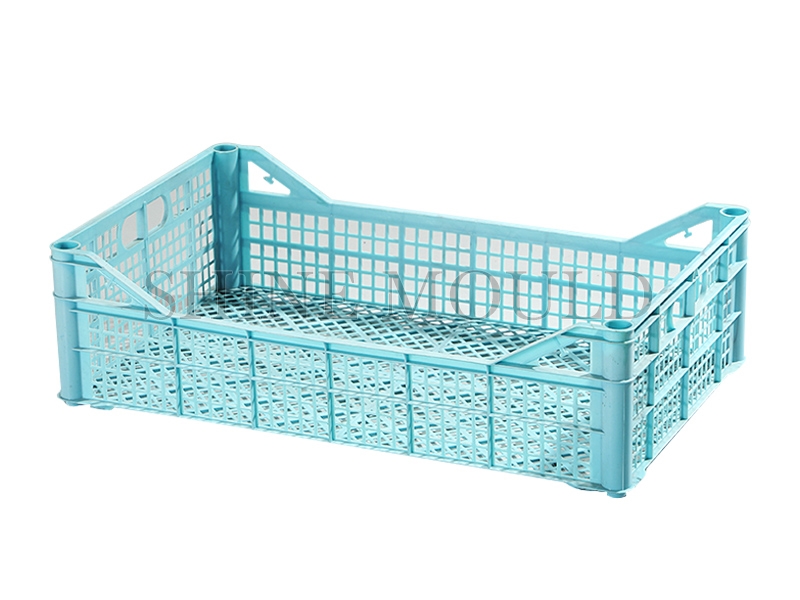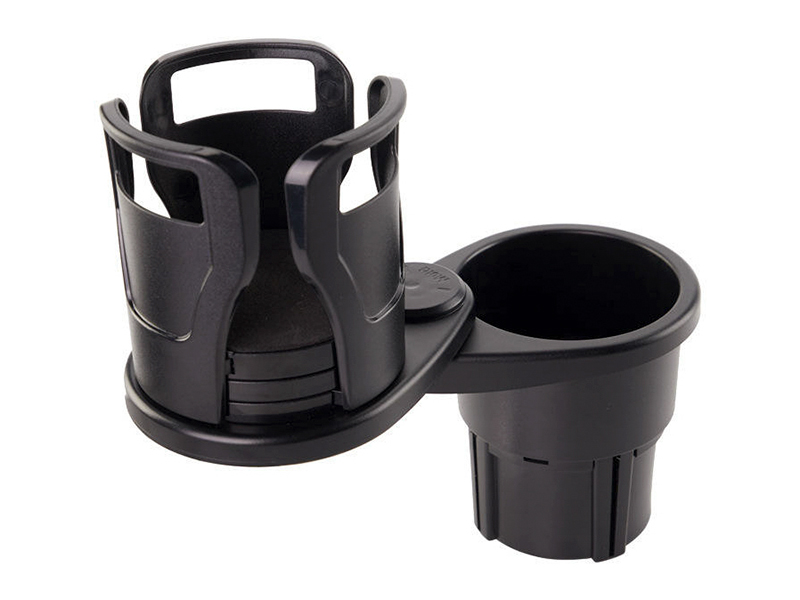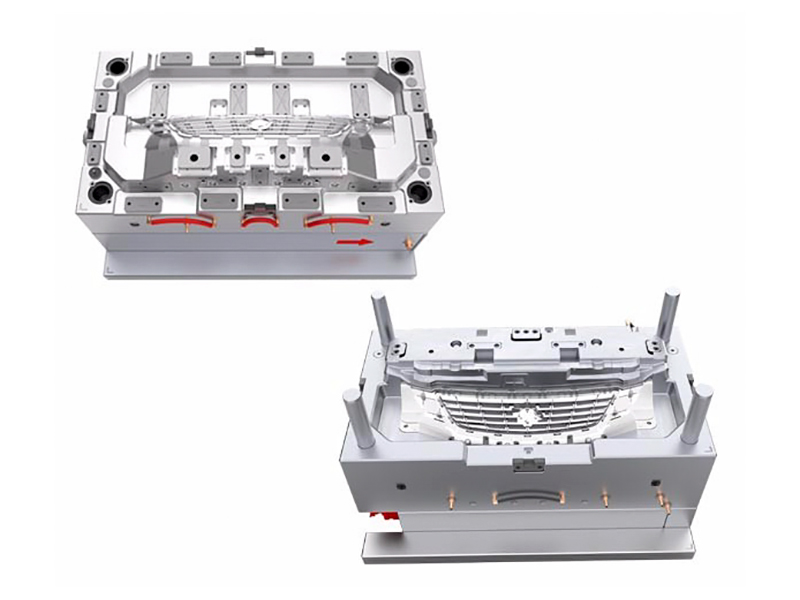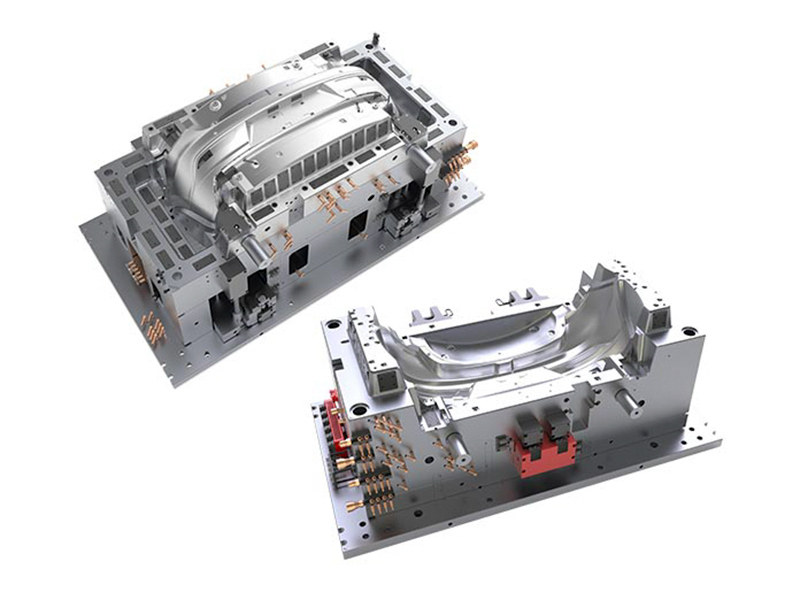The Role and Innovation of Thermos Moulds
Thermos flasks, renowned for their ability to keep beverages hot or cold for extended periods, owe their efficiency to precision engineering and innovative manufacturing processes. Central to this process are thermos moulds, which play a crucial role in shaping and creating the distinctive double-wall vacuum insulation that sets thermoses apart.
Thermos moulds consist of inner and outer shell components, each playing a distinct role in the creation of the double-wall structure. The inner shell mould shapes the inner chamber, where the liquid is stored, while the outer shell mould forms the outer layer, creating the vacuum insulation space between the walls.
At the core of thermos moulds is the design of the vacuum insulation chamber. This space is crucial for preventing heat transfer by conduction and convection, effectively maintaining the desired temperature of the stored liquid. The precision of the moulds ensures a consistent and airtight vacuum, contributing to the thermos's insulation capabilities.
The lid and closure of a thermos are equally important components shaped by dedicated moulds. These moulds create the tight seals and threading necessary to prevent heat exchange and maintain the vacuum insulation. Advanced lid and closure mould designs also incorporate features like easy-to-use buttons for one-handed operation.
In thermos designs with handles, moulds are employed to create ergonomic and sturdy handles. These moulds ensure that the handles are seamlessly integrated into the thermos body, providing a comfortable grip for users while maintaining the overall integrity of the insulation structure.
Modern thermos moulds leverage precision injection moulding techniques, allowing for the creation of intricate and consistent designs. This technology enables manufacturers to produce thermoses with precisely engineered vacuum insulation chambers and seamless outer shells.
Innovations in materials used for thermos moulds contribute to enhanced durability and performance. High-quality alloys and composites, known for their thermal resistance and durability, are increasingly employed to create moulds that withstand the demanding conditions of thermos production.
Smart mould technologies incorporate sensors and monitoring systems to ensure the quality and consistency of the moulding process. These systems help detect any deviations in temperature, pressure, or material flow during production, allowing for immediate adjustments and maintaining the quality of the final product.
Advancements in thermos mould technology now allow for greater customization of thermos designs. Manufacturers can create moulds tailored to specific shapes, sizes, and branding requirements, enabling a diverse range of thermos products to meet consumer preferences.
Ongoing innovations focus on improving the efficiency of thermos moulding processes. Reduced cycle times, optimized cooling systems, and automated features contribute to higher production rates while maintaining the precision and quality of each thermos produced.
Thermos moulds stand as integral components in the production of these iconic vessels, ensuring the precision and consistency needed for their exceptional insulation properties. With advancements in technology and materials, thermos moulds continue to evolve, driving the efficiency, customization, and overall quality of thermos production.




 Search...
Search... English
English






.jpg)
